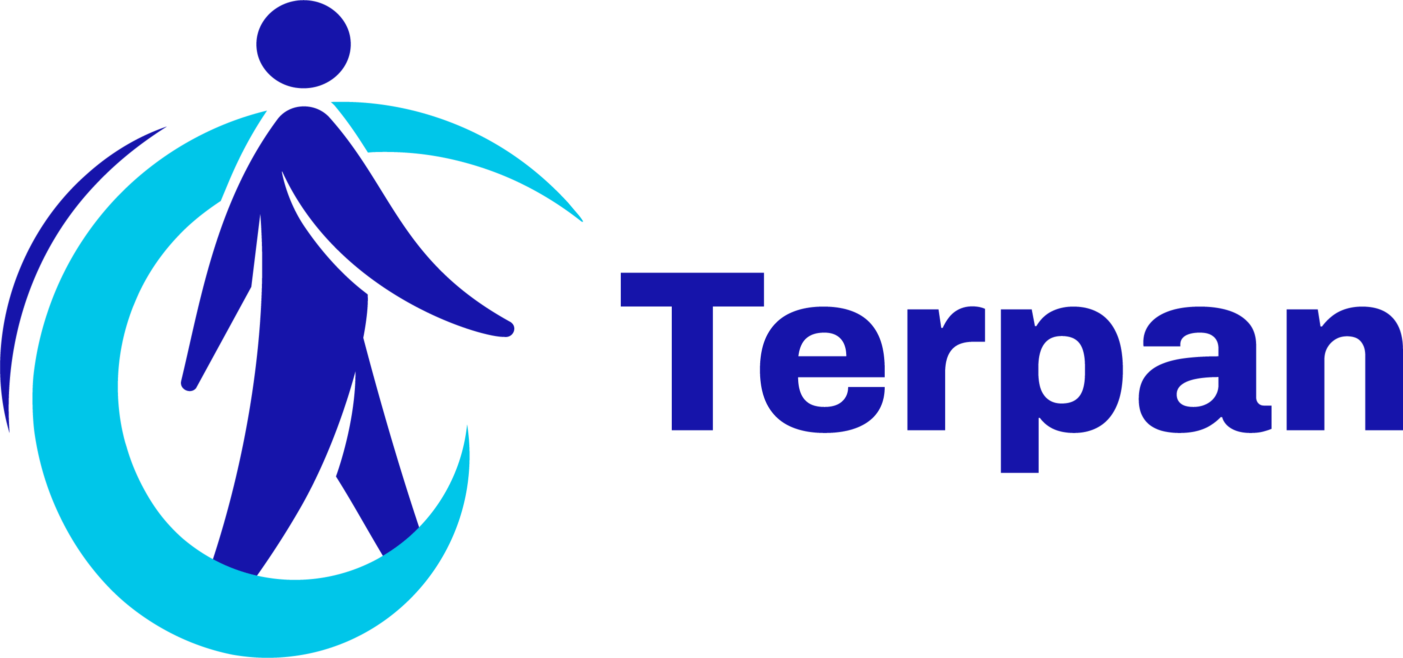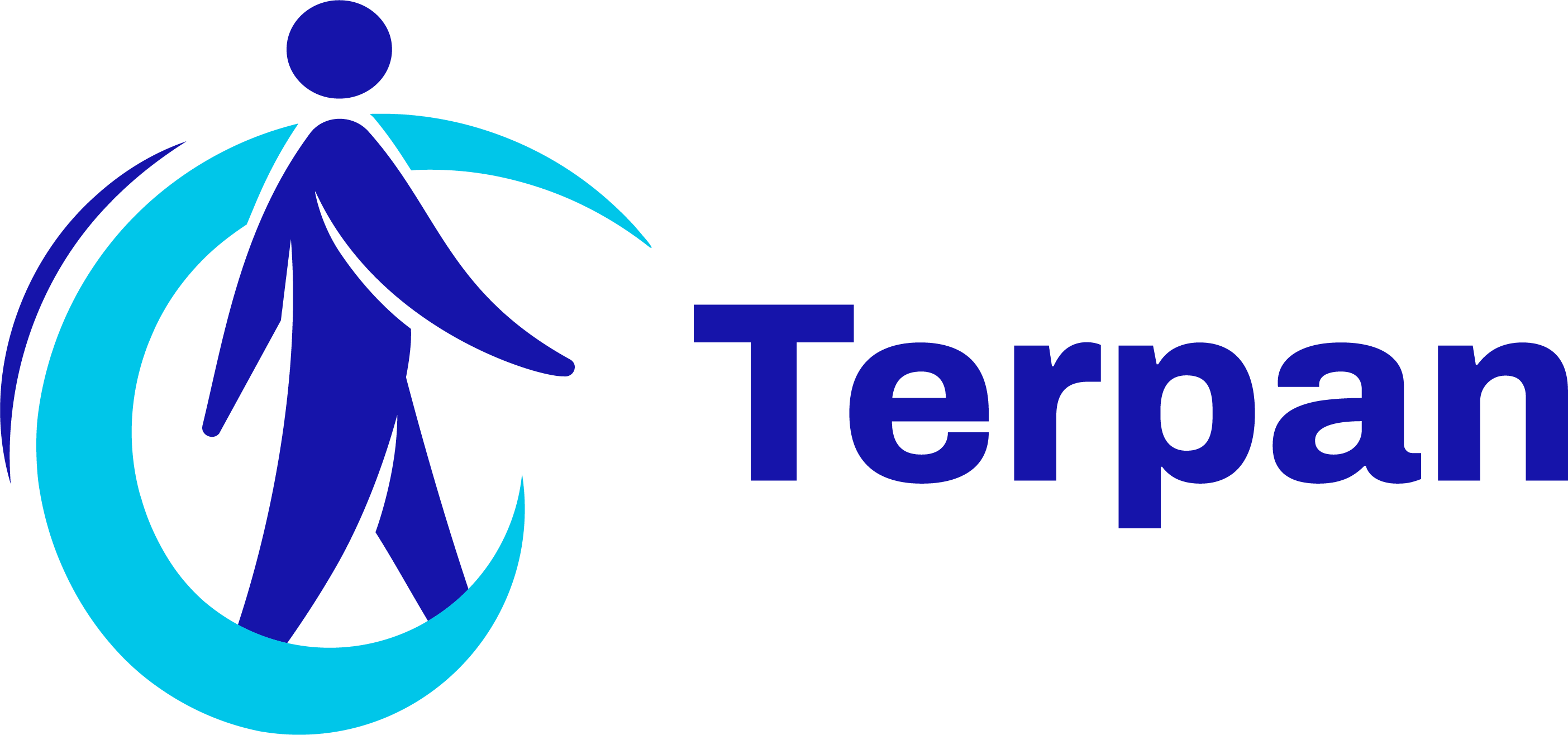Can't find an answer? We are here to help you !
Do not hesitate to send us your question, we will answer it as soon as possible.

European directive 93/42/EEC, as amended by European directive 2007/47/EC that came into force on 21st March 2010, covers medical devices of all types. Compliance with the directive is mandatory; it sets out the full range of essential requirements that must be met both by the actual medical devices (labelling, clinical trials, quality tests, etc) and by the manufacturer as defined in the regulations (mandatory manufacturer's declaration, CE marking document drawn up, quality management system maintained, mandatory medical device vigilance, etc). Once the conformity document relating to this directive has been assessed, the regulatory CE marking may be affixed to a device as proof of the company's quality standards and dependability.
ISO 13485 shares many similarities with ISO 9001, but is a separate standard. Whereas it also specifies the essential requirements for a Quality Management System, it is specific to companies that provide medical devices. As with ISO 9001, ISO 13485 is also voluntary; companies that decide to comply with this standard of their own accord give their customers a guarantee of quality: just like Terpan Laboratories, which has been ISO 13485 compliant since 2005.
This international standard has been harmonised into European and then French law. It specifies the requirements and test methods for natural rubber latex condoms for men. In order to meet the requirements of the standard, condoms must pass all the specified conformity tests and provide extensive protection to the user.
EN 980 is a European standard, transposed into French law, which specifies the symbols used to label medical devices. The graphical symbols are intended for use in the information provided by the manufacturer and are in widespread use. Not all of the symbols are familiar to the general public yet, so Terpan Laboratories has taken the step of adding an explanation next to the symbols to guide them.
The French NF S97-034 standard is a reference system for the testing of additional lubricants and other medicinal and non-medicinal preparations intended or likely to be placed in contact with male condoms. Every lube available from Terpan Laboratories has undergone and passed this test.
The NF EN ISO 10 993 series of international standards, transposed into French law, specifies the tests for the biological evaluation of medical devices. 10993-1 sets out the general requirements; 10993-5 specifies the tests for in-vitro cytotoxicity; 10993-10 covers tests for irritation and delayed-type hypersensitivity. These 3 parts describe the precise, documented and approved methods for the tests that gel lubricants and cosmetics sold by Terpan Laboratories have passed.
The French NF062 regulation is not a standard, nor is it mandatory. It sets out the steps that have to be passed in order for condoms to be attributed the NF mark. The mark is nominative and can only be applied to a given condom of a given brand and with specific attributes (size, shape, colour, flavour, and packaging). In order to receive the NF mark, more intensive tests are applied, i.e. the tests on any one batch are more frequent than they would be in the CE marking process. Products with both the CE and NF markings, therefore, offer even higher quality for the consumer.
These 3 statutory instruments relate to cosmetic products. ISO 22716 sets out the good manufacturing practices for cosmetics; EU Directive 76/768/EEC is the European regulation on cosmetic products; it will be phased out by regulation 1223/2009 by 2013 Both set out in particular the ingredients that cannot be included in the composition of cosmetic products (colourings, flavourings, animal matter, chemicals).
This directive covers Personal Protective Equipment (PPE), and, as with medical devices, specifies the essential requirements that the actual products and the manufacturer have to meet in order for the products to be placed on the market. PPE includes such items as latex and vinyl gloves, safety glasses, smocks, ear plugs, etc, that safeguard users against aggressive external factors.
Directive 98/79/EEC relates to in vitro diagnostic medical devices (IVDMD) such as pregnancy test kits and self-test breathalysers. It specifies the essential requirements that must be met in order to be able to place IVDMD on the market.
Sets out the process to be completed before the French NF mark can be affixed to a breathalyser. An NF-approved breathalyser must demonstrate that it can provide an accurate result of the alcohol content in a breath sample, remain unaffected by the temperature or volume of the sample and not give a distorted reading due to other substances such as medication or sweets. The NF symbol is a mark of quality, and Terpan Laboratories has chosen to sell only products that are NF certified.
These 3 standards relate to the evaluation of bactericidal, fungicidal and virucidal activity. They specify the test methods applied to antiseptics and disinfectants in order to demonstrate their action against micro-organisms (such as Terpan Laboratories' A.P.N. gel).
EN 352-2 is a European standard that sets out the general requirements for personal hearing protectors, specifically ear plugs.
REACH (Registration, Evaluation, Authorisation and Restriction of CHemicals) came into force on 1st June 2007. It streamlines and improves the former European Union regulatory framework on chemicals. The main aims of REACH are to: Ensure a high level of protection of human health and the environment against the risks posed by chemicals, Promote alternative test methods, Ease the free movement of substances within the internal market Enhance competitiveness and innovation. As Terpan Laboratories distributes and imports chemicals within the European community, these registration and evaluation procedures apply to us, and to many other companies. We closely scrutinise our suppliers and ask that they comply with the REACH regulation. Although we do not market dangerous chemicals, we take care to comply with REACH for the welfare of our customers and users of our products.
Do not hesitate to send us your question, we will answer it as soon as possible.
Terpan Prévention conçoit, fabrique et distribue des produits ayant trait à la prévention sanitaire, la protection des personnes, les soins, l’hygiène et la pédagogie sanitaire.
14 rue du Clos Hubert, 28320 Gallardon, France
+33 (0) 2 37 32 64 94
contact@terpan.fr
